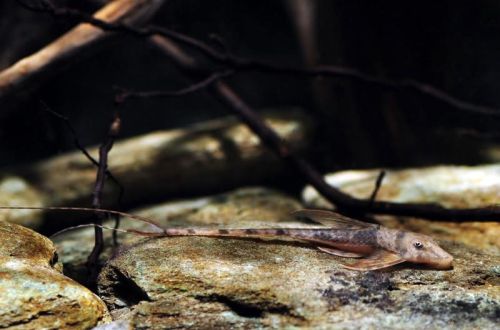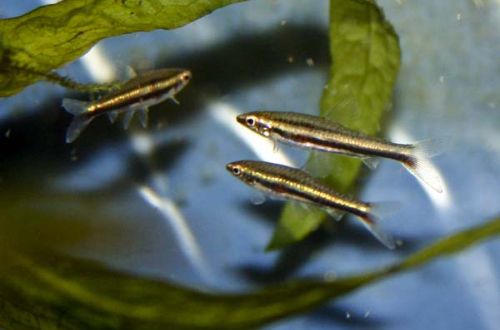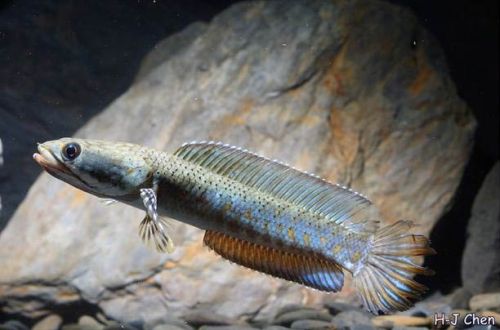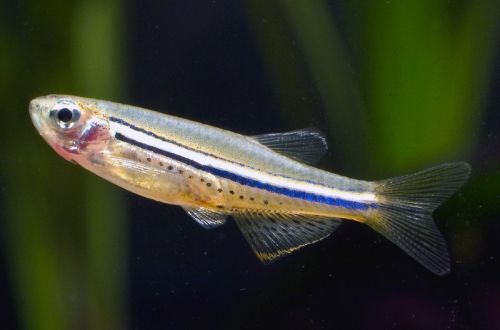
Nichaty somik
Lamont fish or Filamentous catfish, scientific name Lamontichthys filamentosus, belongs to the family Loricariidae (Mail catfish). Named after the American scientist at the Museum of Natural History, Francesca Lamont. This species is quite common for sale. The content requires some experience, so it is not recommended for beginners.

Contents
Habitat
It comes from South America from the upper Amazon basin from the territory of Peru, Ecuador and Bolivia. In this region, rivers originate from the Andes mountain system. A typical biotope is a shallow stream or river with stony substrates running from high ground in the midst of a tropical rainforest. The water is saturated with dissolved oxygen and contains a large amount of dissolved minerals washed out of the rocks.
Brief information:
- The volume of the aquarium – from 200 liters.
- Temperature – 22-30°C
- Value pH — 5.5–7.5
- Water hardness – 2–15 dGH
- Substrate type – rocky or sandy
- Lighting – bright
- Brackish water – no
- Water movement – moderate or strong
- The size of the fish is about 17 cm.
- Nutrition – plant-based sinking foods
- Temperament – peaceful
- Content alone or in a group
Description
Adult individuals reach a length of up to 17 cm. Catfish has an elongated body, strongly tapering towards the tail. The fins have elongated filiform first rays. The color and pattern of the body is variable and depends on the specific region of origin, it can be either light or brown with a dark ornament. The length of the filiform fins also depends on the area.
Food
In nature, it feeds on algae, soft parts of aquatic plants and small invertebrates living on them. The latter are companion food, not the basis of the diet. In a home aquarium, sinking food intended for herbivorous fish, pieces of green vegetables and fruits should be served. The most natural type of food will be algae, so if possible, it is desirable to stimulate their growth.
Maintenance and care, arrangement of the aquarium
The optimal size of the aquarium for one or two fish starts from 200 liters. Long-term keeping of the filamentous catfish is possible under a number of conditions. It is necessary to provide clean water rich in dissolved oxygen and keep the temperature and pH/dGH within the acceptable range. The presence of a moderate internal flow is desirable. For example, a productive filtering system can become its source. In addition, it is recommended to use additional aeration. The stability of the aquatic environment depends not only on the smooth operation of the equipment, but also on the timeliness of regular aquarium maintenance procedures. In particular, it is necessary to replace part of the water weekly (40–50% of the volume) with fresh water and regularly remove organic waste (feed residues, excrement).
The design usually uses rocky or sandy soil, or a combination of both. Large stones, driftwood and other decorative items are placed at the bottom at the discretion of the aquarist. When choosing live plants, it is worth giving preference to unpretentious species, such as Anubias, Java fern, Crinum and the like.
Behavior and Compatibility
They are considered quite peaceful and accommodating fish, compatible with other non-aggressive species of comparable size. With a lack of space between catfish and other bottom dwellers, competition for territory may begin.
Fish diseases
The cause of most diseases is unsuitable conditions of detention. A stable habitat will be the key to successful keeping. In the event of symptoms of the disease, first of all, the quality of the water should be checked and, if deviations are found, measures should be taken to correct the situation. If symptoms persist or even worsen, medical treatment will be required. Read more about symptoms and treatments in the Aquarium Fish Diseases section.





